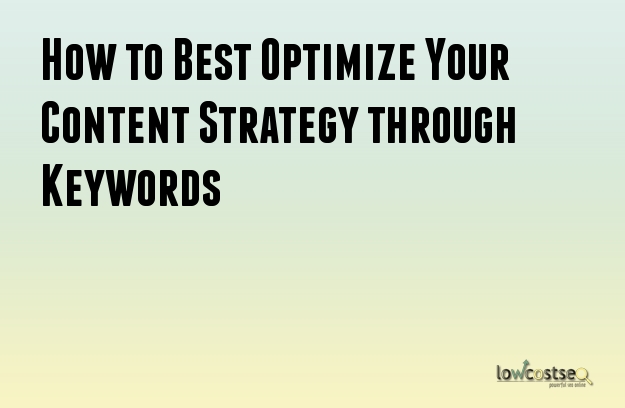
In order to successfully market through SEO and optimize your content strategy, you need to understand how to do keyword research effectively and continuously discover quality keyword opportunities to gain a competitive advantage over your business rivals, eventually translating them into profits. You probably already know the importance of developing good keywords for PPC or SEO. What smart online marketers would prefer to hear is how to research for the right keyword phrases and content to target visitors who will actually buy their products or services.
Generally, most online research guides offer these three common steps:
- Start by building a seed list
- Increase your list by applying available research tools
- Refining your list with comprehensive and competitive research.
However, there is a reason why certain keywords work better than others. Different keywords represent various stages showing intentions and interests, it's therefore important to categorize your keywords into groups that represent how close they are to a conversion. What this means is that you need to develop a model of keywords categorizing different potentials when doing your research. The idea behind creating such a model is to help you understand the terms often used by visitors that have turned into conversions and those in the initial stages of the research.
Design the framework with the circular dart board in mind. The center of the bulls-eye will represent the potential conversion occurrence, and the most unlikely event to turn into conversion will lie at the end of the periphery. The golden rule is to invest more time and money in keywords that are close to the center. After maximizing on the volumes around the bulls-eye, you can either develop loyalty or go on to expand around the outer circles. It's important to group your keyword research in relation to the following terms:
-
Brand terms
Visitors who know your services or products are the easiest to convert into buyers. However, in terms of volumes, this category of people may not give you a very impressive conversion. This is mostly if you are launching a new product or a new business. You should not ignore these visitors because they have the highest conversion rate as paying customers.
-
Product terms
When doing your keyword research, these terms define the problems of what your product solves and how it does it. Depending on the magnitude of your products in terms of solving different interests and intentions, there is a plethora of people who search for these product terms but usually lie at the back of the decision cycle. Since you can only get very limited brand terms, it's important to begin targeting this huge group that key in product terms keywords.
-
Competitor terms
Recently, Google has made it difficult to get a cost per click (CPC) that is reasonable enough in relation to competitor terms. It can be very expensive to try and woo visitors from your competitors to buy your products. However, if your business is financially ready, you should explore this option of outbidding your competitors in terms of keywords to bring the visitors over to your pages. Keywords that use these terms should be targeting your competitive advantages and any other added value you have that your competitor does not have. This leads us to the last group.
-
Substitute and complementary product terms
This is conventionally referred to as something that people can use other than your products or services. Although Google will not offer you good credit for these terms, if you are getting enough volumes, they are worth using.
